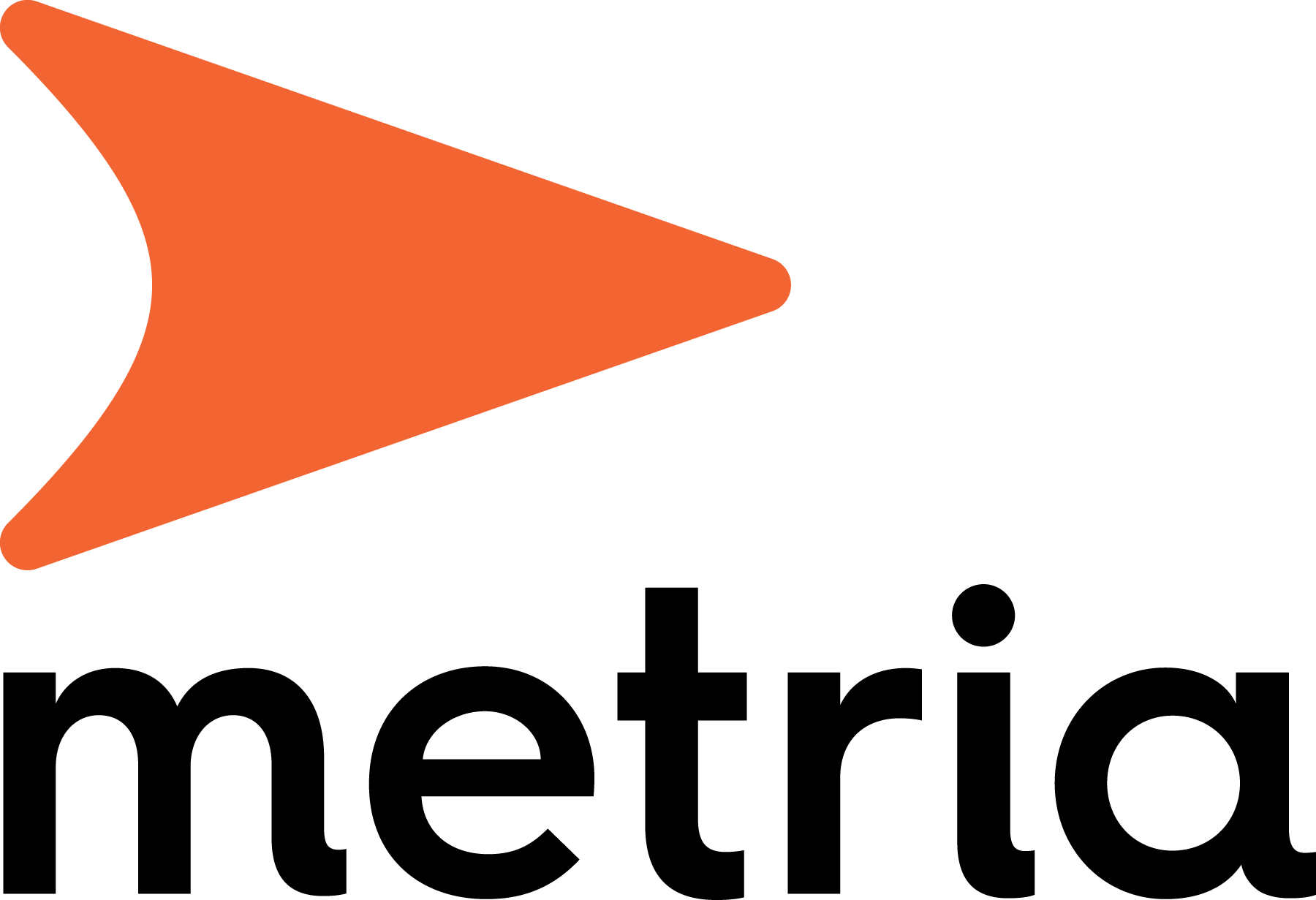One of Metria's ongoing major projects is to digitize all the interpretation sketches from VMI. The project started in 2019 and is expected to be completed in 2023. VMI was conducted between 1981-2005, where all wetlands above a certain size were aerially interpreted and just over 10% were field inventoried. The inventory covers one tenth of the Swedish land area. The purpose of VMI was to produce a basis for conservation and strategic work with wetlands.
This project is based on the fact that the aerial image interpretation sketches are analog and no county, except Norrbotten, delivered this interpretation in digital form. Extensive work was started in 2019 with the Swedish Environmental Protection Agency to obtain these interpretation sketches from all county administrative boards. For almost all counties, these interpretation sketches were successfully retrieved and a large project group at Metria took on digitizing and geocorrecting the sketches.
- The project is large from several aspects. Firstly, it involves about 20 people at Metria during the course of the project and about 28,000 aerial image interpreted wetlands become digital. It is a special project to make a 40-year-old treasure digital, says Eva Ahlkrona, Senior GIS and Remote Sensing Consultant at Metria.
Today, this work is completed for almost all counties and results, in raster format, can be downloaded via the Swedish Environmental Protection Agency's Geodata Portal. In this portal you will find reports and map layers with information about nature and the environment, such as environmental monitoring, area protection and results from inventories and geographical analyses.
At the same time, some other parallel projects for digitization of VMI are being conducted. In addition to digitization of the sketches, work is also underway to vectorize the result and produce improved new GIS layers for the VMI objects and develop completely new GIS layers for the sub-objects. It is currently unclear when this work can be financed.
In addition, the VMI database will be rebuilt and data corrected, hopefully during 2023.
Wetlands are important for biodiversity
Wetlands are among the most species-rich environments in Sweden and are important for biodiversity. Wetlands contribute to a wide range of ecosystem services that we depend on. Because they can sequester carbon dioxide, they also play an important role in mitigating climate change.
Wetlands in Sweden have declined significantly in number. Over the last century, almost a quarter of the original wetland area has disappeared. When wetlands are reduced or damaged, their biodiversity, important benefits and functions are also lost.
On the positive side, many of Sweden's wetlands are in relatively good condition compared to the situation in other countries. In addition, since the 1980s, wetlands have gradually received stronger protection and there is a great interest in preserving, restoring and creating new wetlands.
Photo: Photographer: Martin Fransson
Source: Swedish Environmental Protection Agency - wetland facts
FACTS
If you want to know more about the survey, the full report is available here: Wetland inventory - results from 25 years of inventories ISBN 978-91-620-5925-5 (naturvardsverket.se)
The wetland inventory (VMI)
The national wetland inventory (VMI) has for 25 years, 1981-2005, inventoried Sweden's wetland resources below the mountain range. In total, VMI has inventoried 35,000 sites with an area of 4.3 million hectares. Of the inventoried wetlands, a large proportion (80%) have been encroached upon and only 20% are completely undisturbed. Wetlands classified as having very high nature values account for 11% of the inventoried wetlands.
Digitize and geocorrect VMI's aerial image interpreted sketches
We make the old analog interpretation sketches of the wetlands digital by scanning or photographing the sketches and then geocorrecting them with the support of orthophotos with approximately the same timeliness as the sketches. The deliverables are in raster format (geotiff or jp2) at a geometric resolution of 2.5 m. Key deliverables are geo-corrected county mosaic, map sheet breakdown and individual sketches.
Here you can download data and read more
Vectorize VMI's digitized aerial image interpreted sketches
In this ongoing project, the previously geo-corrected interpretive sketches, in raster format, are transferred to vector layers as this increases the usability of the material. A machine vision process has been developed for the conversion of wetland boundaries from raster to vector with very good results. This will be followed by a review procedure and completions with the main goal of creating a new VMI GIS layer. Results will gradually be posted on the Swedish Environmental Protection Agency's Geodata Portal.



